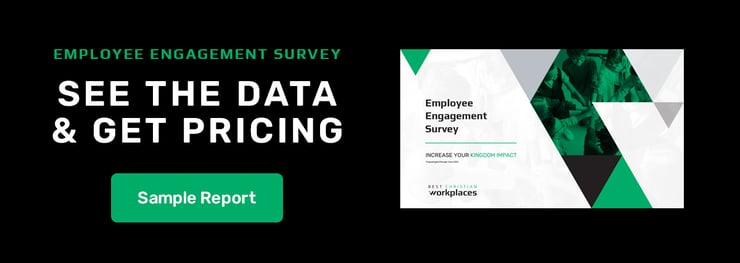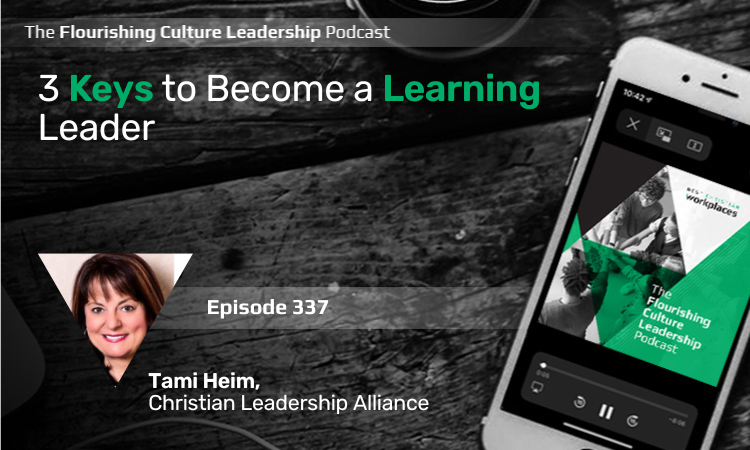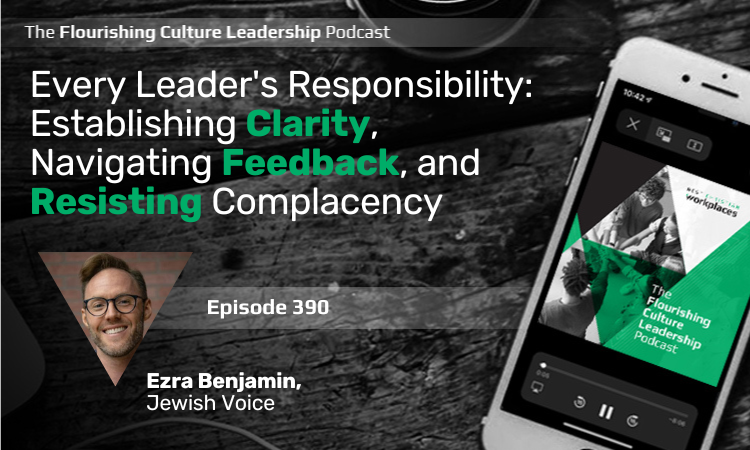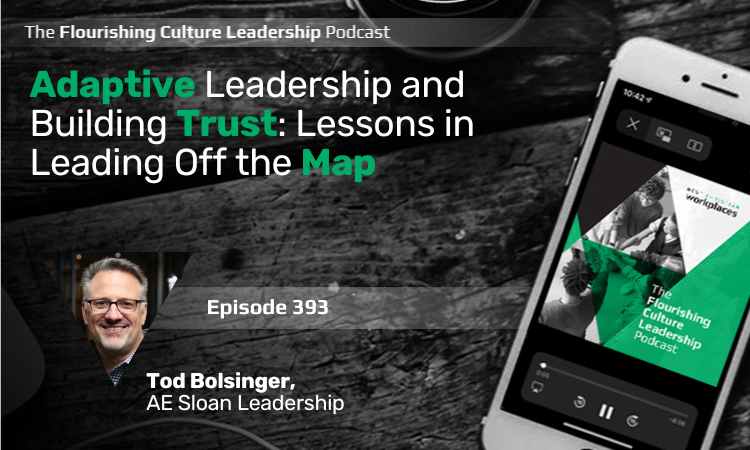337: 3 Keys to Become a Learning Leader
Do you feel like your personal growth is in a frozen state? This episode features leadership expert Tami Heim, the CEO of the Christian Leadership...
2 min read
 Best Christian Workplaces
:
December, 11 2023
Best Christian Workplaces
:
December, 11 2023
.png)
Does your board have good governance? In this episode featuring John Pearson, you'll discover the essential elements of a healthy board that lead to extraordinary outcomes. John Pearson is the president of John Pearson Associates, and he helps nonprofit organizations in vision implementation.
Listen in Apple Podcasts | Listen in Spotify | Listen in Google Podcasts
In this episode:
John outlines the top five practices for healthy board functioning, starting with finding the right balance between policy governance and micromanagement. (14:57)
Sweet Spot Between Policy Governance and Micromanagement:
Board Prospects and Recruitment:
Leveraging Gifts and Passions:
Strategic Planning with a One-Page, Rolling Three-Year Plan:
Recruitment Based on Needs:
Balancing Policy Governance:
CEO and Board Chair Relationship:
Building Relationships on the Board:
Encourage in-person meetings whenever possible, acknowledging the challenges of online communication. (35:45)
Key "No-Nos" for Board Practices:
Building a Healthy Workplace Culture:

Read a complete, word-for-word transcript of the episode
Follow our Host, Al Lopus, on LinkedIn & Twitter.
Email our host at al@workplaces.org

Do you feel like your personal growth is in a frozen state? This episode features leadership expert Tami Heim, the CEO of the Christian Leadership...

Join us as we sit down with Ezra Benjamin, the vice president of Global Ministry Affairs at Jewish Voice. Ezra shares insights on cultivating...

Join us on the Flourishing Culture Leadership Podcast as we explore essential tools for leading change with Tod Bolsinger, author and executive...